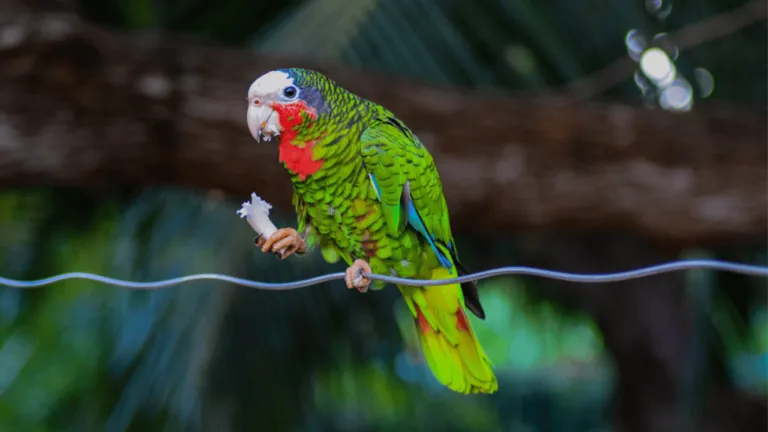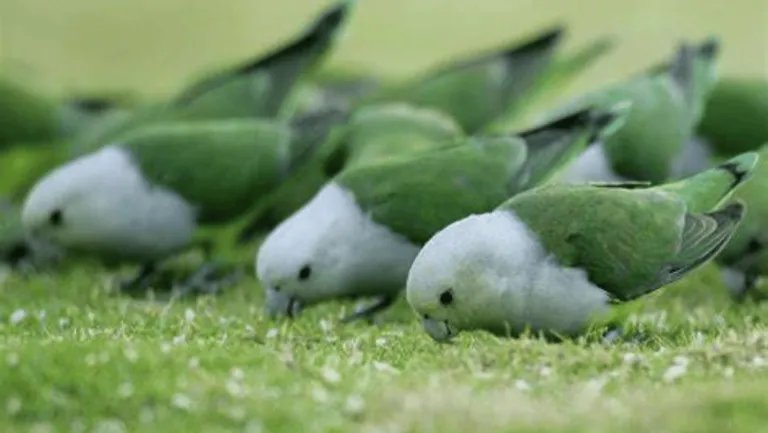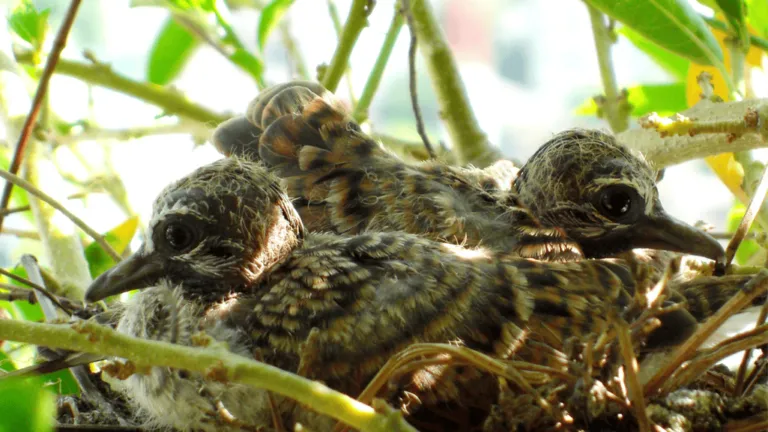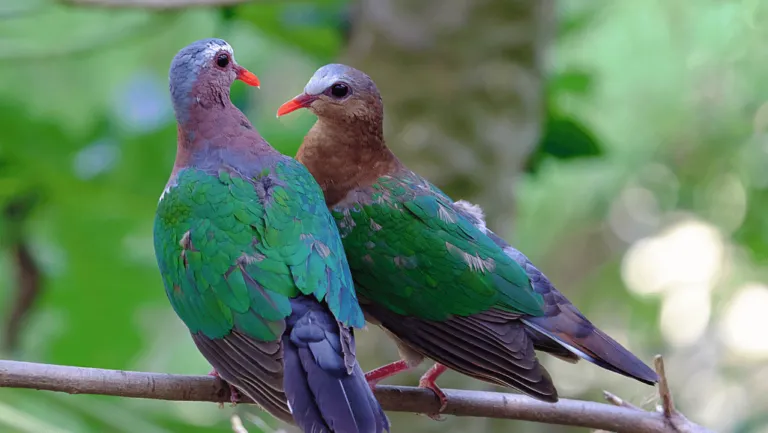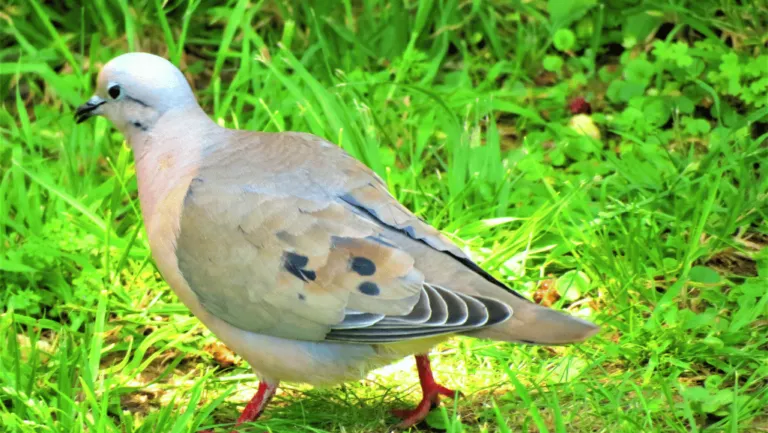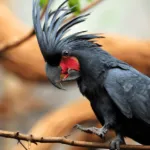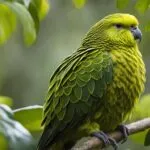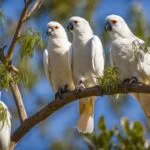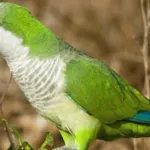Welcome to your ultimate gloster canary care guide, made for those who love these birds. Owning a Gloster Canary can be very fulfilling, but it needs commitment and knowledge. The right care keeps these birds healthy and joyful, making their beautiful songs even more special.
Among the 200 different canary breeds, the Gloster stands out. They’re known for their looks and songs. This guide covers everything you need to know about caring for a Gloster Canary. You’ll learn about their needs, setting up their home, and feeding them right. This knowledge is key to being a great canary parent, and our guide will help you.
Key Takeaways
- There are over 200 breeds of canaries, each with distinct attributes.
- Gloster Canaries are renowned for their singing, particularly during the fall, winter, and spring.
- Proper cage size for a canary is at least 18” L x 14” W x 18” H.
- Canaries thrive on a balanced diet, including pellets, vegetables, fruits, and occasional treats.
- Maintaining a clean habitat daily is crucial for your canary’s health.
Understanding the Gloster Canary
The Gloster Canary is loved for its history and special looks. These things explain why it’s a top choice for bird fans all over.
Origin and History
The Gloster canary origin dates to the Canary Islands. It’s known for breeding well-loved canaries. In the 1920s, English breeders worked on the Gloster to make it stand out. This effort paid off when one won best in show in 1976.
Physical Characteristics
Gloster canaries are small, usually under 4.75 inches. They live between 10 to 15 years, making them good pets. Up to 200 of them join shows, showing their charm.
Their crest is unique. The corona type has a “bowl-cut” look in feathers on its head. As for the consort, it’s smooth on top. Gloster canaries can be found in various colors, like yellow, brown, and more. This happens because breeders have mixed different birds.
| Feature | Description |
|---|---|
| Size | 4.75 inches or smaller |
| Life Expectancy | 10-15 years |
| Popularity | 200 Gloster canaries per show |
| Types | Coronas and Consorts |
| Colors | Yellow, brown, white, frost, cinnamon, grey, and green |
| Singing Ability | Whistle-like song |
Gloster canaries are also famous for their songs. They have a beautiful whistle. This, along with their unique looks, makes the Gloster canary a favorite.
Choosing the Right Cage for Your Gloster Canary
It’s crucial to have the right home for your Gloster Canary. Size, material, and safety features matter a lot. Make sure you pick a cage that meets all these needs.
Size and Dimensions
Canaries are small birds, about 3–4 inches in length as adults. A good sized cage for them starts at 18” L x 14” W x 18” H. But, for canaries that love to fly, go bigger. A space that’s 4 feet long, 3 feet high, and 2 feet wide is perfect for flying all about.
Don’t forget about the perch setup. The right perches are ¼- to ½-inch thick. And you need at least 24″ of cage length for these perches. This setup gives your bird room to exercise and have fun.
Material and Safety
Choose cage materials wisely, picking ones that are safe for birds. Always avoid cages made with harmful materials like lead or zinc. Make sure the cage is coated with safe finishes or built with stainless steel. The spacing between the wires should be 1/2″ x 1″ to keep your bird secure inside.
Plastic perches are best for cleanliness and bird health. They’re easy to clean and less likely to be a home for harmful bacteria. You can also add acrylic panels around the cage to keep the area tidy. Don’t forget about toys; your canary needs them to stay happy. Swings, bells, and mirrors are great for keeping your bird entertained. Just remember to change the toys from time to time to prevent boredom.
| Key Aspect | Recommendation |
|---|---|
| Minimum Cage Size | 18” L x 14” W x 18” H |
| Optimal Cage Size | 4 feet long, 3 feet high, 2 feet wide |
| Wire Spacing | 1/2″ x 1″ |
| Perch Diameter | ¼- to ½-inch |
| Materials | Powder-coated finishes or stainless steel |
| Additional Accessories | Plastic perches, acrylic panels, and engaging toys |
Gloster Canary Diet and Nutrition
A balanced diet is super important for your Gloster Canary. Choose the right foods, and they’ll be healthy and active. Knowing what to feed them is key.
Pelleted Food vs. Seeds
It’s crucial to pick between pelleted food and seeds for your canary nutrition essentials. A top-notch pelleted canary diet is best for their health. It should make up most of what they eat, around 75-80%.
Seeds are okay but should only be 20-25% of their intake. They don’t have all the vitamins and minerals your bird needs. Too many seeds can also add unhealthy fats to their diet.
Fresh Fruits and Vegetables
Add fresh fruits and veggies for a complete Gloster canary diet. Apples, cherries, kale, and carrots are great for them. Give them these in small amounts regularly.
Make sure all fruits and veggies are fresh and clean to avoid pesticides. Avocados are a no-go as they’re harmful. About 20-25% of their food should be from this group to give them varied nutrients.
Combining canary pellets and seeds with fruits and veggies is perfect. This mix keeps your Gloster Canary healthy. Keep an eye on their diet to ensure they’re getting all they need.
Caring for Gloster Canaries: Daily Maintenance
Healthy and happy Gloster Canaries need daily care. This means paying close attention to what they eat and keeping things clean. Doing these tasks daily will help your bird live its best life.
Cleaning the Cage
Cleaning your canary’s cage regularly is a must-do for their health. It’s important to do this at least once a week. Change their paper or bedding to keep away bacteria.
Scrub perches, toys, and other items in the cage. Also, remove old food to keep their home clean. Remember, the space between cage bars should not be wider than ⅜ inch.
Providing Fresh Water and Food
Fresh water is essential for canaries. They can’t go long without it. Make sure to refill their water daily. It should be fresh all the time.
Their main food should be pelleted. This food should make up most of what they eat, about 60-70%. Add some fruits and veggies for variety. These can be 20-25% of their diet, but in small amounts. Also, clean their food and water bowls daily.
Gloster Canary Health and Common Issues
Keeping your Gloster Canary healthy is key. You need to know the signs of sickness and how to prevent it. Catching health issues early helps Your bird can live a full 10-15 years.
Identifying Symptoms
Spotting sickness early in your *Gloster canary* is important. These birds often have trouble with their lungs. Signs include breathing heavily or moving their tail more than usual. They might also deal with mites, showing feather loss, a scaly face, or itchy skin.
Watch for other warning signs too. If your bird is tired, not singing much, or acting different, it could mean they’re sick.
Preventative Care
To protect your canary, start with a good home. Keep the bird’s area away from cold drafts and big temperature changes.
Regular cleanups and fresh water are as important. It keeps parasites away. Giving them quality food helps too. Giving them full-spectrum UV light for 10-12 hours a day also boosts their vitamin D, which helps their immune system.
Don’t forget about fruits and veggies for a healthy diet besides the main food. Checking your bird often and looking for changes can help you notice any issues early. This way, your Gloster Canary can be happy and healthy.
Social Behavior and Interaction
*Gloster canary behavior* is key to a good relationship. These birds enjoy socializing but not physical touch. They need a calm and patient friend in their humans.
Interaction with Humans
Being good friends with your canary takes time and softness. Speak softly to them for 10 to 15 minutes twice daily. Watch how they move to see if they’re comfortable. Then, adjust your actions as you learn more.
Canary Companionship
Canaries love watching other birds from a distance. They should live alone but see others close by. Training them slowly and gently is essential. This way, they feel safe and happy.
Here’s a handy table for *Gloster Canary human interaction and bird companionship*:
| Human Interaction Tips | Canary Companionship Tips |
|---|---|
| Talk quietly for 10-15 minutes twice a day | House canaries within sight but not in the same cage |
| Observe body language for comfort signals | Start with training one canary at a time |
| Introduce treats to build familiarity | Provide visual communication to prevent nervousness |
Breeding Gloster Canaries
Breeding Gloster canaries is both rewarding and complex. It’s crucial to know how to create the perfect breeding space. Also, care for eggs and chicks is important for their health.
Setting Up a Breeding Environment
An ideal canary breeding environment must be comfortable and safe. A clean, spacious cage is needed for flying space. It’s vital to maintain a stable temperature for breeding success.
Creating a safe place for nesting is important. Nesting boxes should be in a quiet spot. Using soft cloth for nests helps make them cozy for laying eggs.
Caring for Eggs and Chicks
Meticulous care is essential for the eggs’ health. Watch them closely and keep their area clean. It’s also key to know the right incubation and humidity levels for hatching.
After hatching, looking after the chicks becomes critical. They need warmth and a diet rich in nutrients. A high-quality canary pelleted diet and soft foods like mashed eggs are recommended. Providing fresh water is also crucial for their health.
| Aspect | Details |
|---|---|
| Life Expectancy | 10-15 years |
| Breeding Types | Coronas and Consorts |
| Colors | Yellow, Brown, White, Frost, Cinnamon, Grey, Green |
| Common Health Issues | Air sac mites, Feather mites, Red mites, Scaly face, Canarypox |
| Diet | High-quality pelleted canary diet |
With the right care, breeding Gloster canaries can be very rewarding. It helps these beautiful birds continue to thrive. Breeding these canaries is a fulfilling activity with the proper approach.
Gloster Canary Cage Setup
Setting up the right habitat for Gloster canaries is key to their well-being. A properly designed canary cage configuration offers safety and makes them happy.
Start with the right cage size. A good size is at least 18″ by 14″ by 18″. This gives them room to fly. Aim for more height than width for their cages.
Accessories are important too. Provide perches, feeding areas, and places to bathe. Always ensure they have clean water and a varied diet.
For the cage setup, make sure everything is safe. Don’t use things with unsafe metals or toxic substances. Keep males separated since they might fight.
Canaries need UV light for vitamin D. Place their cage where it gets some natural light for their health. This also makes their home more welcoming.
| Aspect | Details |
|---|---|
| Ideal Size | 18” L x 14” W x 18” H |
| Accessories | Perches, feeding stations, bathing areas |
| Diet | 60-70% pelleted food, fresh fruits, and vegetables |
| Water | Fresh and clean, always available |
| UV Light | Necessary for vitamin D production |
| Safety Materials | Avoid lead, zinc, or galvanized metal |
By following this advice, you can make a great home for your Gloster canary. They’ll thrive and be happy.
Grooming Your Gloster Canary
Gloster canaries are known for their great looks and lively nature. Keeping them healthy and pretty involves routine grooming. This means looking after their feathers, nails, and beak. It’s good for their health and helps avoid problems.
Feather Care
It’s important to take care of your Gloster canary’s feathers. They should have a regular bath to stay clean and their feathers shiny. Place a shallow water dish in their cage with lukewarm water. Let your canary bathe a few times each week to keep its feathers healthy.
Nail and Beak Trimming
Gloster canary grooming also means keeping an eye on their nails and beak. Nails need trimming about twice a year to avoid problems. Use bird clippers for this, being careful not to cut the quick.
Their beaks usually wear down naturally. But, if it seems too long, give them cuttlebones or mineral blocks. These will help keep their beak right and your bird happy eating.
By sticking to these grooming steps, your Gloster canary will be happy and healthy. It will also be a joy to have around with its happy attitude.
Training and Mental Stimulation
Training and keeping Gloster Canaries mentally active is key to their happiness. They enjoy activities that make them think. This includes working with different toys and interacting with their owners.
Introducing New Toys
Getting new toys is a major way to keep canaries happy. It fights off boredom and gives them something fun to do. The best toys make them forage, climb, or peck. Remember to change the toys often to keep their interest up.
Encouraging Singing
Giving your Gloster Canary a reason to sing is good for both of you. Males sing to attract mates during certain seasons. To make them sing more, keep their home cozy and play canary songs for them.
Daily training, good toys, and a fun environment keep Canaries cheerful. These care activities are great for their minds and your friendship.
Conclusion
Taking care of your Gloster Canary requires time and dedication. These amazing birds can live for 12 to 15 years. With proper care, they can live even longer. This shows why it’s so important to look after them well. This involves choosing the right cage, giving them a varied diet, and keeping them clean. By doing this, you ensure they are healthy and happy.
It’s important for Gloster Canaries to eat a mix of canary seed and fresh fruits. Always keep their home clean. Make sure not to feed them avocado, as it’s harmful. Watch their social behavior, as they can be a bit territorial. If you plan to breed them, remember to care for their eggs and the new chicks. Eggs hatch in about 14 days. Newborn chicks need regular feeding and a warm, safe environment.
Caring for Gloster Canaries is more than just following a routine. It’s about fully understanding and meeting their specific needs. By focusing on their diet, keeping their cage clean, and engaging with them, you can give them a great life. Continuous learning and adjusting how you take care of them will improve both your bird’s life and your joy as their owner. By being a responsible pet owner, you’re starting a journey that involves learning and loving care.





